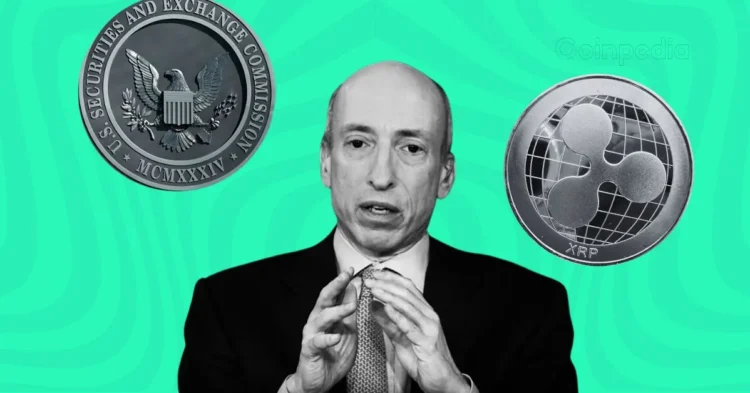The Ripple vs. SEC Conflict: A Closer Look
The legal confrontation between Ripple and the U.S. Securities and Exchange Commission (SEC) has been gaining momentum recently. Ripple has initiated an appeal against parts of Judge Torres’s ruling, which identified certain XRP transactions as unregistered securities offerings, leading to a substantial $125 million penalty. Ripple contends that the court misinterpreted the Howey test and failed to adequately address the regulatory ambiguities surrounding digital assets.
Understanding the SEC’s Approach
A significant amount of discussion revolves around the operational methodologies of the SEC, especially its tendency to rely heavily on financial penalties. Some critics argue that the agency might not prioritize ensuring full compliance, as fines often serve as incentives for its staff. The SEC is known to maintain amicable relations with companies that cooperate, even if those entities have engaged in fraudulent activities. In fact, some organizations incorporate potential SEC fines into their financial planning as a routine business expense.
The Fate of SEC Collected Fines
According to Marc Fagel, a former lawyer for the SEC, none of the collected fines remain with the agency. The SEC’s funding does not benefit from these penalties; instead, the money is allocated to the U.S. Treasury, whistleblower funds, or investors who have demonstrable financial losses.
Allocation of Ripple’s Penalty
For instance, when queried about Ripple’s $125 million penalty, Fagel explained that since the SEC prevailed in the aspect of the case concerning institutional sales, the funds would be directed towards institutional investors. However, as the court found no actual losses for individual investors, the money would ultimately be allocated to the U.S. Treasury.
Potential Implications of a Larger Penalty
Had the SEC successfully pursued Ripple for a larger sum, such as $1.8 billion, the distribution of funds would follow a similar trajectory. Institutional investors would benefit first, but due to the absence of proven losses for individual investors, a significant portion would likely end up in the Treasury.











